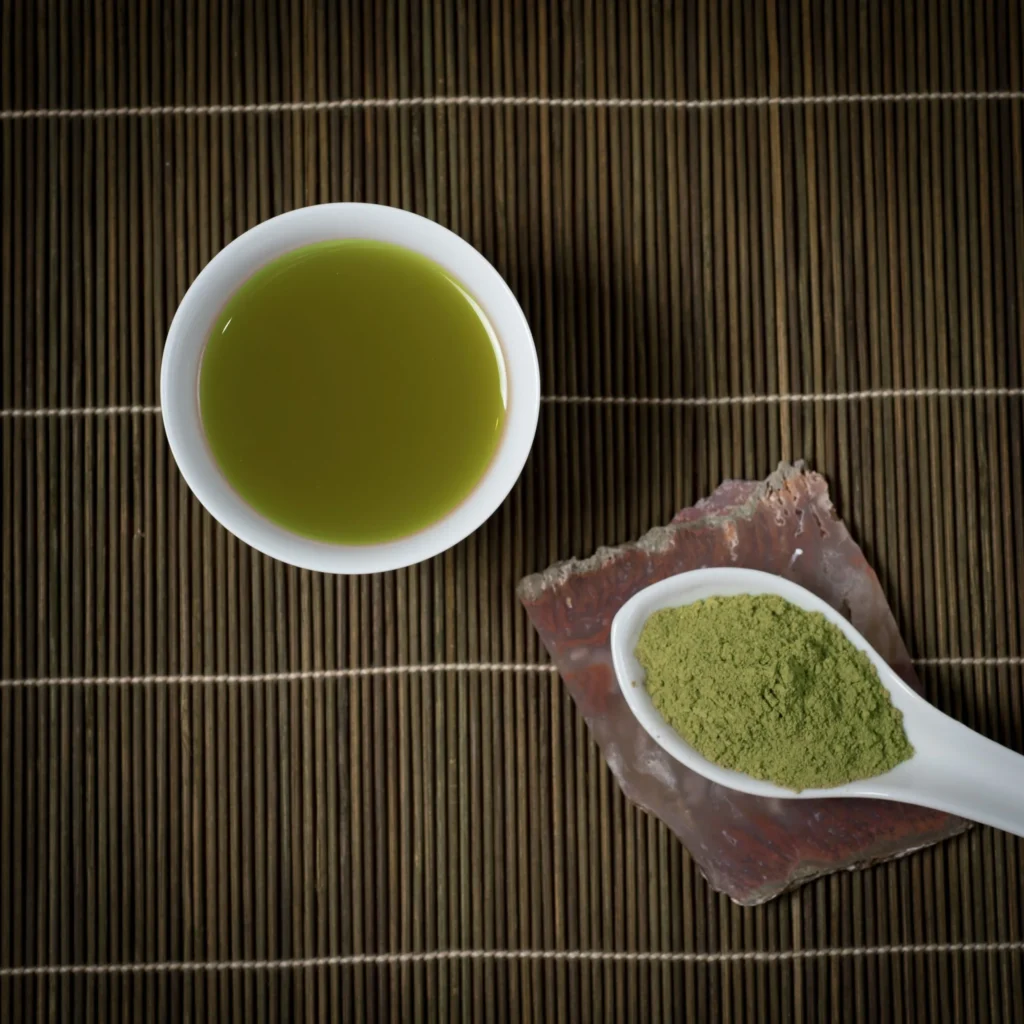Brewing the best kratom tea involves understanding the science behind this unique botanical. These alkaloids interact with the body’s opioid receptors, producing effects ranging from pain relief to stimulation of the best kratom tea.
Choosing the Right Strain
Different kratom strains have varying alkaloid profiles, which influence their effects. For instance, red vein kratom is often associated with sedative properties, while white vein kratom is known for its stimulating effects. Green vein kratom offers a balance of both. Selecting the right strain is crucial depending on the desired outcome, whether it’s relaxation, pain relief, or energy boost.
Preparing the Leaves
The freshness and quality of kratom leaves significantly affect the potency of the best kratom tea. High-quality, finely ground kratom powder is preferred for brewing. Some enthusiasts recommend using fresh leaves for a more potent brew. The leaves should be dried properly to retain their alkaloid content.

Brewing Process
The brewing process itself is critical. Kratom alkaloids are stable at relatively high temperatures, but boiling them for too long can degrade their effectiveness. The ideal method involves simmering rather than boiling. Here’s a step-by-step guide:
- Measure the Dose: Typically, 1 to 2 teaspoons of kratom powder per cup of water is sufficient. Adjust based on the desired potency.
- Simmer: Bring water to a gentle simmer, not a rolling boil, and add the kratom powder.
- Stir and Steep: Stir the mixture and let it simmer for about 15-20 minutes. This allows the alkaloids to be fully extracted.
- Strain: Use a fine mesh strainer or cheesecloth to remove the kratom powder, leaving a clear, potent tea.
Enhancing the Flavor
Kratom tea can have a bitter taste. Adding lemon juice during brewing helps to extract more alkaloids and enhances flavor. Sweeteners like honey or sugar, or spices like ginger and cinnamon, can also be added to improve taste.



